Flying robots have proven themselves capable sheep herders, delivery boys, filmmakers and spies. Now, when can we have one?
Herding sheep, delivering pizza, guiding lost students around campus -- these are just a few things friendly drones can do. Company and DIY drones are on the rise, and not even Hollywood stars will be safe from them. Soon starlets might be acting in front of drone-mounted cameras or being chased by a UAV paparazzi.
Though drones have incredible commercial potential, most countries restrict its use. The U.S. is expected to open up drones for commercial use by 2015.
Proponents are eager to point out the many ways they're going to make our lives better. "Really, this technology is an extra tool to help an industry be more effective," says Gretchen West, the executive vice president for the Association for Unmanned Vehicle Systems International (AUVSI). AUVSI estimates the U.S. loses $10 billion yearly by delaying drone integration. Though drones bring up privacy concerns, some argue it could advance privacy law.
"With precision agriculture, for example, it can take pictures of fields so farmers can identify problems they wouldn't necessarily see walking through the fields. In law enforcement, you could find a child lost in the woods more easily than walking through a field, particularly if there's bad weather or treacherous ground."
While it may seem that drones are set to take over our lives, the reality is a bit more complicated. Drone usage around the world is definitely picking up in the public sector, but when it comes to commercial activity, many countries have strict limitations.
The United States doesn't allow for commercial drone usage at all, though that's expected to change in 2015, when the Federal Aviation Administration (FAA) aims to put a plan in place to integrate drones in U.S. airspace. In the meantime, says West, the U.S. is losing $10 billioons in potential economic impact for every year the FAA delays.
"I think the U.S. has been the leader in this technology, and I think there's a risk of losing that first-mover aspect the longer we wait on regulations," she says.
Via
Dr. Stefan Gruenwald



 Your new post is loading...
Your new post is loading...

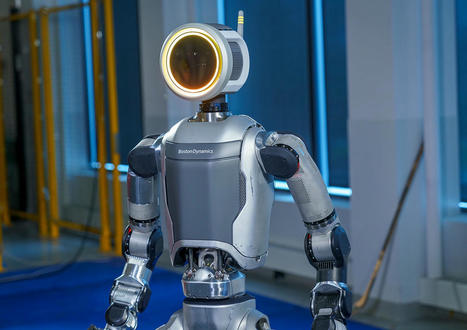

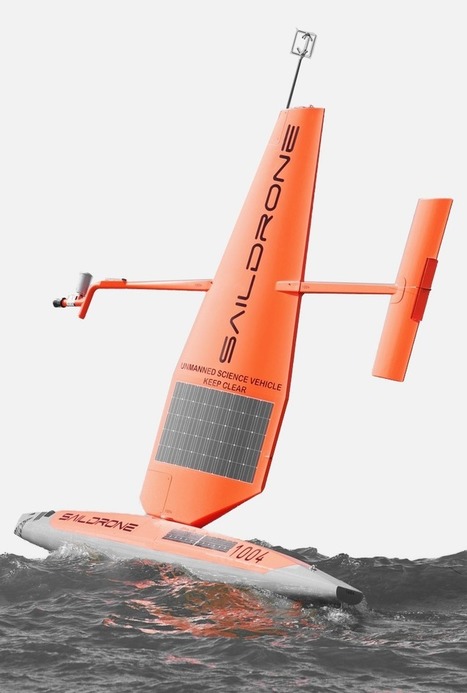


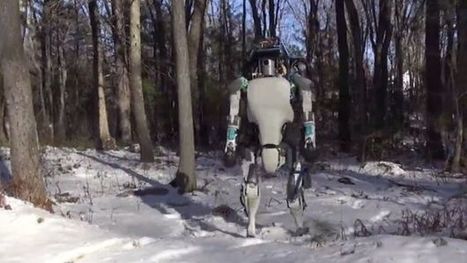


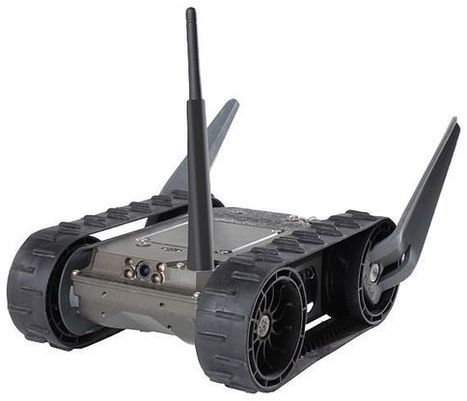




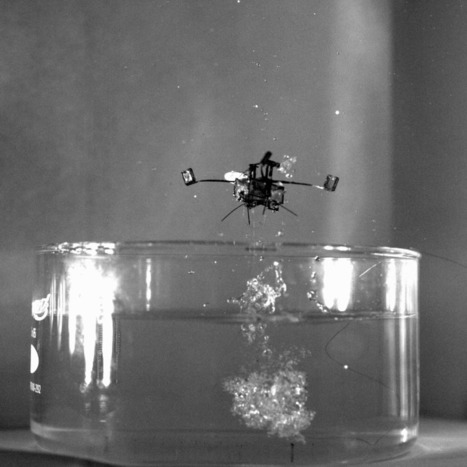



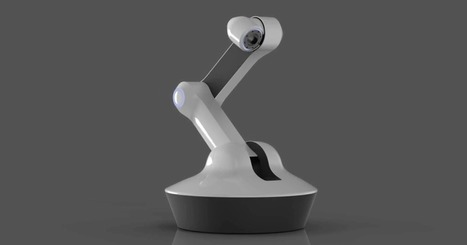
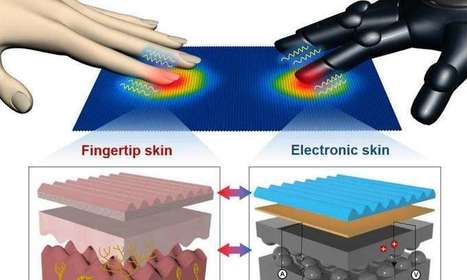
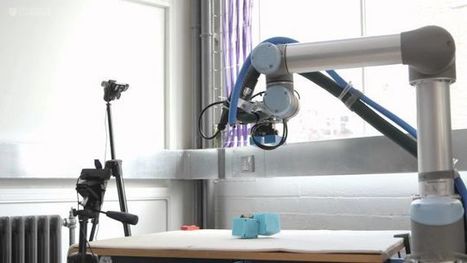
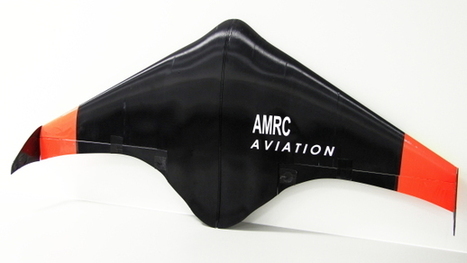






The electric version of Atlas will be stronger, with a broader range of motion than any of our previous generations. For example, our last generation hydraulic Atlas (HD Atlas) could already lift and maneuver a wide variety of heavy, irregular objects; we are continuing to build on those existing capabilities and are exploring several new gripper variations to meet a diverse set of expected manipulation needs in customer environments.
Learn more / En savoir plus / Mehr erfahren:
https://www.scoop.it/t/21st-century-innovative-technologies-and-developments/?&tag=Robotics